Candyleaf, commonly known as stevia, is a natural sweetener that has gained widespread attention for its zero-calorie sweetness, making it a popular choice for those aiming to reduce sugar intake. This plant is valued not only for its health benefits but also for its versatility in the garden. Native to Brazil and Paraguay, stevia belongs to the Asteraceae family and is often referred to as “sugarleaf” or “sweetleaf” due to its naturally sweet-tasting leaves.
In addition to its culinary uses, stevia is easy to grow in home gardens, making it a favorite among gardeners interested in cultivating natural, sugar-free alternatives. To understand what makes this plant special, let’s explore its key characteristics and care requirements.
| Common name | Candyleaf, Stevia, Sugarleaf, Sweetleaf |
| Botanical name | Stevia rebaudiana |
| Family | Asteraceae |
| Species | rebaudiana |
| Origin | Brazil, Paraguay |
| Life cycle | Annual |
| Plant type | Annual |
| Sunlight | Full Sun |
| Soil condition | Sand |
| Drainage | Well-Drained |
| Spacing | 12 in. – 3 ft. |
| Height | 1 ft. – 2 ft. |
| Flower color | Lavender, Purple |
| Leaf color | Green |
| Stem color | Green |
| Leaf benefit | Fragrant |
| Garden style | Children’s Garden |
| Uses | Coastal |
I. Appearance and Characteristics
Stevia rebaudiana is a plant species in the genus Stevia of the family Asteraceae. It is commonly known as candyleaf, sweetleaf or sugarleaf.
Stevia (Stevia rebaudiana) is a nondescript looking leafy plant reaching 2 to 3 feet (61-91 cm.) in height. It is native to Paraguay, where it’s been used for centuries, possibly millennia, as a sweetener. Stevia leaves contain molecules called glycosides, essentially molecules with sugar attached to them, making the leaves taste sweet. The human body, however, cannot break apart the glycosides, meaning they have no calories when consumed by humans.
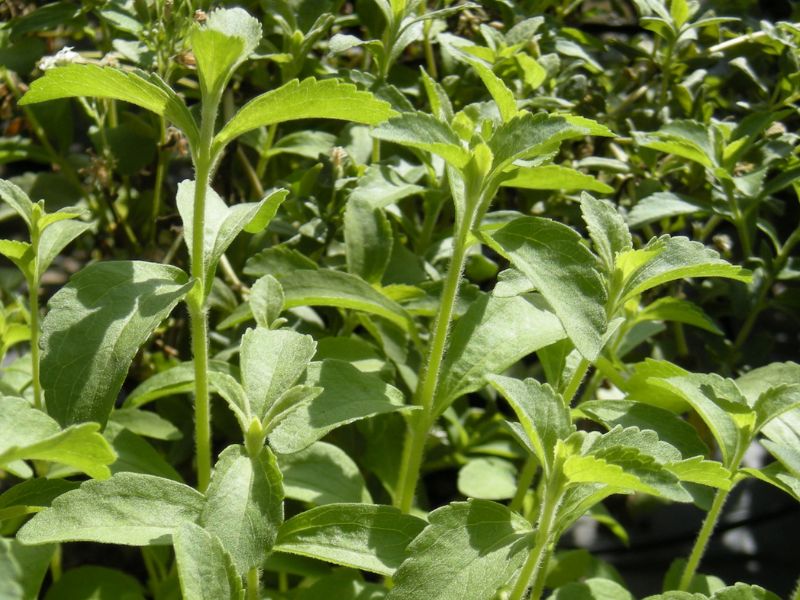
It is used as a food additive in many countries, accounting for 40 percent of Japan’s sweetening additives. It was banned as an additive in the United States for over a decade due to possible health risks, however, and only in 2008 was allowed again.
II. How to Grow and Care
Sunlight
Stevia thrives best in direct sunlight, which means at least 6 hours of direct, unfiltered sunlight daily. Stevia grown in partial shade tend to become spindly and produce fewer leaves. For container-grown plants, choose the sunniest windowsills for maximum productivity.
Temperature and Humidity
As a subtropical plant, stevia prefers daytime temperatures of 65-80°F and moderate humidity. Temperatures below 60°F can damage young stevia and suppress growth.
Move potted stevia indoors well before the first expected frost in fall. Stevia grows well indoors near bright windows as long as temperatures remain warm.
Low humidity causes the leaves tips to brown – use a room humidifier to combat dry air.
Soil and Water
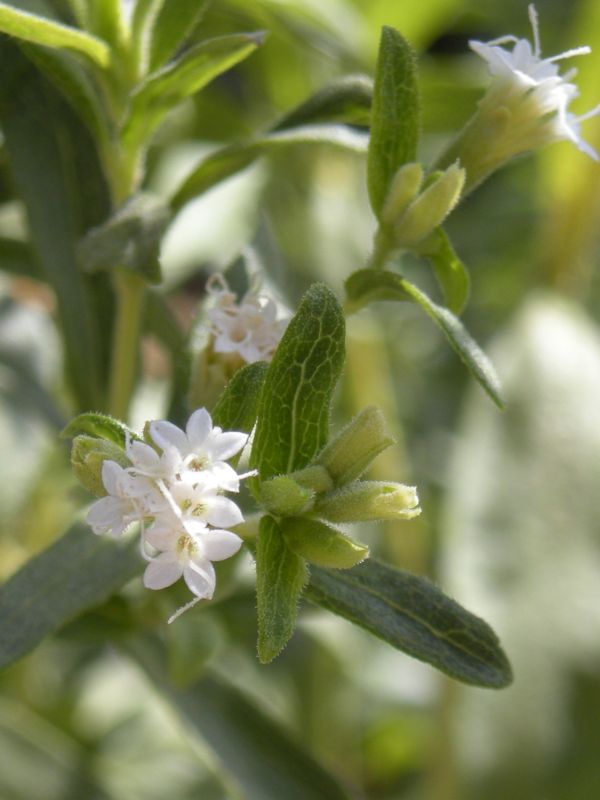
Growing stevia needs well-draining, sandy but moist soil with rich organic matter. Amend your garden bed by mixing in aged compost.
The ideal soil pH ranges from 6.5 to 7.0. These plants need consistent moisture, so water them whenever the top inch of soil becomes dry.
Established stevia is moderately drought tolerant, but erratic watering can impact the yield. After watering, allow the soil under the plant to drain thoroughly and avoid standing water.
Fertilizing
Use a diluted liquid fertilizer every 2-4 weeks to nourish your stevia plant during the growing season. Avoid over-fertilizing to prevent root damage. Fertilize once a month during winter. Adding compost tea occasionally provides essential micronutrients for optimal plant health.
Planting Instructions
Start by sowing stevia seeds indoors before the last frost to ensure a head start in germination. Use high-quality potting soil with a pH range of 6.7-7.2 for optimal seed germination. Place the seeds on the soil surface, pressing them gently to ensure good contact with the soil.
Stevia seeds germinate within 7-14 days when provided with consistent warmth and moisture. Once the stevia seedlings reach a few inches in height, transplant them into larger containers or directly into the garden, maintaining a spacing of at least 8-12 inches apart.
If you grow stevia indoors, ensure it receives bright light or use artificial lighting to mimic the light conditions.
Pruning
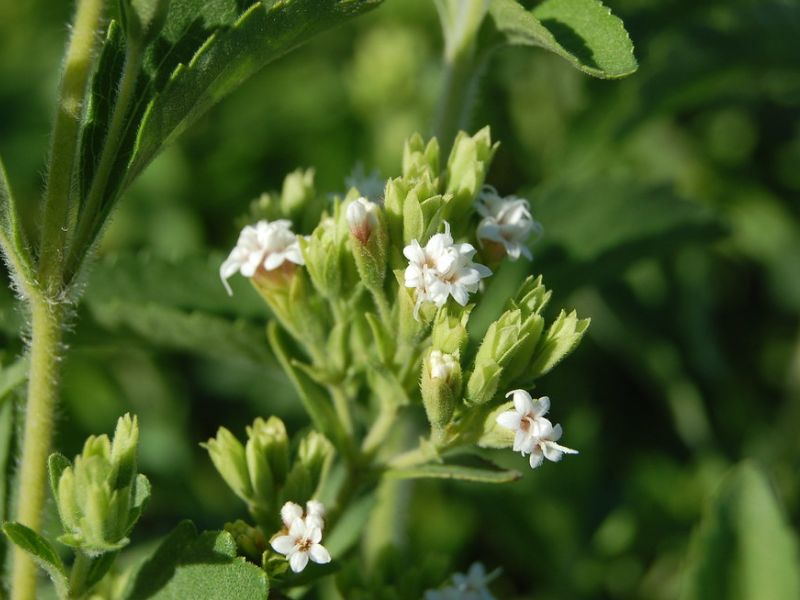
Prune stevia by pinching off the uppermost sets of leaves frequently to encourage a bushy shape with dense foliage.
Always pinch the stems right above a node where new shoots can emerge. Removing the flower buds as they form also directs more energy towards growth for better flavor and higher rebaudioside content.
In fall, stems can be cut back by one-half to overwinter them.
Propagation
Stevia can be propagated from cuttings or seeds. Cuttings should be taken from established plants in the garden in spring and placed in a potting mix until roots form, then planted outside after the last frost. Seeds can be started indoors 8-12 weeks before the final frost and transplanted outdoors once grown.
Established stevia can also be divided at the start of the growing season.
Pests and Diseases
Stevia has very few pest issues but can be affected by the following:
- Aphids – Treat with neem oil or insecticidal soap.
- Whiteflies – Sticky traps and horticultural oils may help. Wilt diseases – Allow the ground to dry between watering to prevent fungal infections. Remove dead leaves promptly.
- Leaf spots – Space plants for good air circulation and avoid overhead watering.
- Rot diseases – Allow soil to drain thoroughly before watering again
Other issues:
- Few leaves – Too little light or overharvesting without allowing regrowth
- Leggy growth – Insufficient light
- Leaf scorch – Extreme heat or allowing soil to dry out completely
- Leaf drop – Sudden temperature changes or water stress
- Poor flavor – Harvest leaves in the cool of the morning for the best taste
III. Uses and Benefits
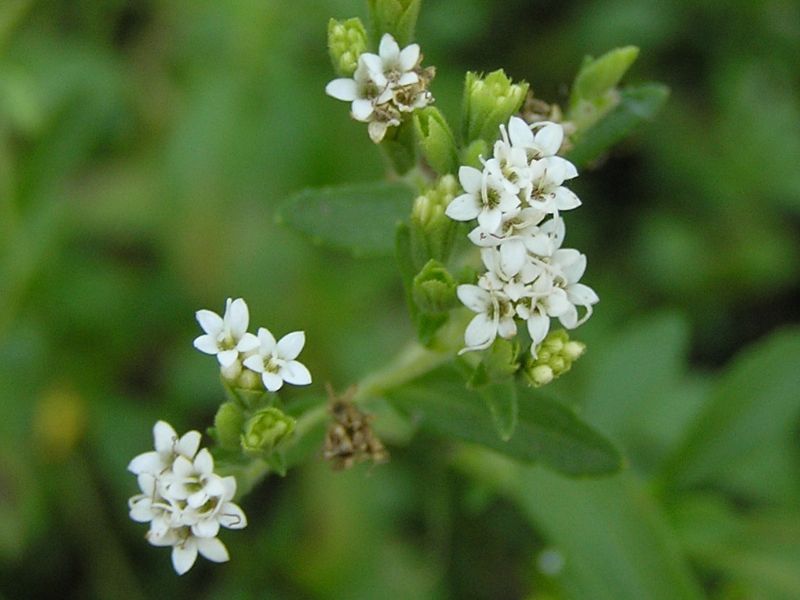
Stevia rebaudiana has been used over centuries by the Guaraní people of Brazil and Paraguay, who called it ka’a he’ẽ (“sweet herb”), to sweeten the local yerba mate tea, as medicine, and as a “sweet treat”.
In 1899, botanist Moisés Santiago Bertoni first described the plant as growing in eastern Paraguay, and observed its sweet taste.
When extracts of its leaves are processed into a powder, stevia is used as a sugar substitute in most of the developed world.
Based on the JECFA (Joint Expert Committee on Food Additives) declaration, safe consumption of steviol glycosides for humans is determined to be 4 mg/kg body weight per day. It was also agreed by the European Commission in 2011 for use in food in European countries. Steviol glycosides have also been accepted in the US as generally recognized as safe (GRAS).
Stevia leaf and raw extracts are not treated as GRAS and their import into the US is not allowed for usage as sweeteners.
IV. Harvesting and Storage
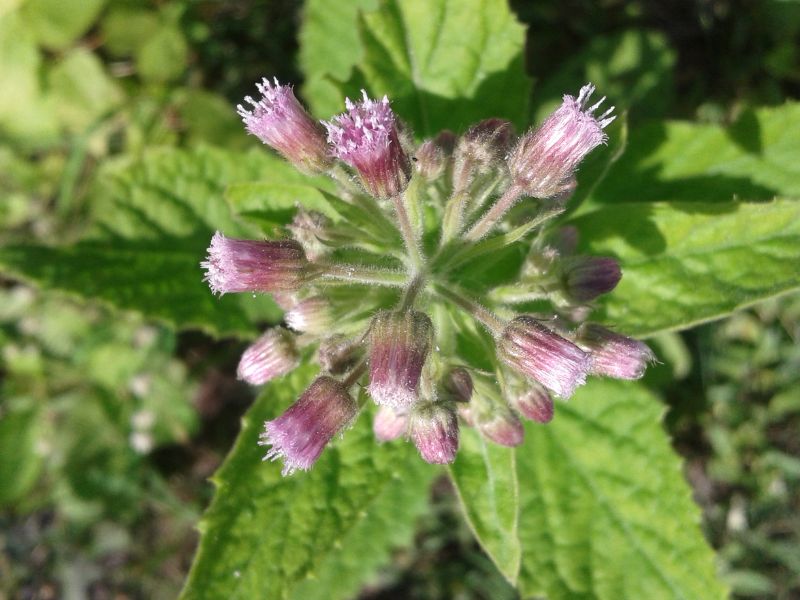
Harvest leaves by cutting off stems near the base. Do not harvest the entire plant more than 75% at once for sustainable foliage production.
The highest sugar content and potency is achieved just before flowering. Harvest stevia leaves in the morning after dew evaporates for the best flavor. Store freshly cut stevia leaves in the refrigerator for a couple of days before drying.
To dry, spread leaves in a single layer on trays and allow to air dry out of direct sunlight until crisp enough to crumble – about 24 hours. Crumble thoroughly dried stevia leaves and stored in an airtight container away from heat, moisture, and light.
Properly stored leaves retain sweetness for up to 2 years. Powder-dried leaves in a food processor as needed to use as a substitute. Another great thing is you can also hang the entire plant to dry stevia leaves for tea.
Find Where to Buy the Best Candyleaf (Stevia rebaudiana)








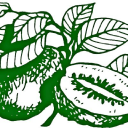









Leave a Reply